Classifying the
Zhuangzi Chapters
Michigan Monographs in Chinese Studies, no. 65
To John B. Elliotte
Classifying the
Zhuxmgzl Chapters
Liu Xiaogan
Center for Chinese Studies The University of Michigan
Open access edition funded by the National Endowment for the Humanities/Andrew W. Mellon Foundation Humanities Open Book Program.
MICHIGAN MONOGRAPHS IN CHINESE STUDIES SERIES ESTABLISHED 1968
Published by Center for Chinese Studies
The University of Michigan
Ann Arbor, 48104-1608
1994 by Center for Chinese Studies
Translated by William E. Savage
Cover design by Heidi Dailey
Printed and made in the United States of America
The paper used in this publication meets the requirements of the
American National Standard for Information SciencesPermanence for
Publications and Documents in Libraries and Archives
ANSI/NISO/Z39.481992.
Library of Congress Cataloging-in-Publication Data
Liu Xiaogan, 1947
Classifying the Zhuangzi chapters / by Liu Xiaogan.
p. cm.(Michigan monographs in Chinese Studies ; no. 65)
Includes bibliographic references and index.
ISBN 0-89264-164-9 (paper : acid-free paper).
1. Chuang-tzu. Nan-hua ching. 2. Lao-tzu. Tao te ching.
I.Title. II. Series.
BL1900.C576L5863 1994
299.51482dc20
93-50079
CIP
ISBN 978-0-89264-106-2 (hardcover)
ISBN 978-0-89264-164-2 (paper)
ISBN 978-0-472-12739-9 (ebook)
ISBN 978-0-472-90134-0 (open access)
The text of this book is licensed under a Creative Commons Attribution-NonCommercial-NoDerivatives 4.0 International License: https://creativecommons.org/licenses/by-nc-nd/4.0/
Contents
Foreword
by Donald J. Munro
The historian must have a reliable fulcrum that he can use to pry up items and separate them from other items. Thus begins Liu Xiaogan early in his first chapter, citing an idea of Fung Yu-lan. Continuing the use of the image, Liu enumerates various chapters of various texts that scholars have used as fulcrums to study the Zhuangzi. His own position, which describes the orientation of the present work, is this:
Since our present fulcrums are insufficient to distinguish between Zhuangzis writings and those of his followers, and since we can find no more satisfactory evidentiary basis outside of the book Zhuangzi, are we then able to search only within its confines for the evidence we need? The answer is very simple. If the distinctions between the Inner chapters and the Outer and Miscellaneous chapters are historical distinctions, then objective differences must exist between them. If these objective differences indicate a temporal succession between two portions of the text, then our problems are easily resolved. On the other hand, if the differences between the Inner chapters and the Outer and Miscellaneous chapters are the result of Guo Xiang s arbitrary arrangements, then it will be impossible for us to find objective differences between them. So the crux of the question is, Are there any objective differences between the Inner chapters and the Outer and Miscellaneous chapters, and can these objective distinctions be used to acertain their chronological relationship? What follows below are the results from our examination of this crux.
Liu Xiaogan himself uses four different fulcrums in considering whether or not there is any objective evidence of differences between these sets of chapters: technical terms that may appear as individual characters or as two-character compounds; Zhuangzi passages quoted in the Lshi chunqiu and Hanfeizi; statements by the Han historians Sima Tan and Sima Qian; and statements or phrases repeatedly used in certain chapters that he groups together.
This work is not for the general reader. It is basic research intended for those already familiar with the text of the Zhuangzi. It focuses on certain issues that normally come across as mere guesses, assertions, or assumptions in lectures and writings for the undergraduate and general reader and tries to get them straight. These issues are the dating of the chapters and their relations to one another. The plausibility of claims about the content of the text often depends on these more basic matters of dating and classification. This is why, in his book Zhuangzi zhexue ji qi yanhian, Liu Xiaogan begins with these problems. The present monograph represents a translation by William E. Savage of the first three chapters of that work.
In these introductory pages, I want to describe Lius approach and some of his conclusions. I will also compare them with those of Angus Graham, the most prominent Western scholar of Zhuangzi, pointing to their disagreements and convergences. I will then say something about where I think the strengths and weaknesses lie in the conclusions of both authors.
Lius approach here is to provide brief sections of similar passages from different chapters and sets of chapters in the Zhuangzi. Because he does not provide the full text of the passages, they are not accessible to the non-specialist. However, a person having some familiarity with the text and knowing what kind of questions to ask will find Lius juxtapositions provocative. They offer rich factual material concerning the evolution of ideas and the development of speech patterns.
Angus Graham deals with some of the dating and classification issues in his works on the Zhuangzi, large sections of which are accessible to the general reader. These works include, How Much of Chuang-tzu Did Chuang-tzu Write?" and Chuang-tzu: The Inner Chapters. Graham and Liu produced their findings independently, and neither their methods nor their conclusions always agree. The large strokes in their classification portraits do converge. Comparing the two works provides an opportunity for a critical look at the respective standards used in the most exacting and helpful Chinese and Western textual scholarship.
Lius method includes identifying single-character technical terms that also appear in compounds: dao de
de xing
xing ming
ming jing
jing and shen
and shen and also the compounds daode
and also the compounds daode xingming
xingming and jingshen
and jingshen Their philosophical centrality needs no defense here. He separates out the chapters in which they respectively appear in these forms and states that the compounds appeared later than the single terms.
Their philosophical centrality needs no defense here. He separates out the chapters in which they respectively appear in these forms and states that the compounds appeared later than the single terms.
In this way, Liu has one tool for differentially dating Zhuangzi chapters. And such a division permits him to identify other terms characteristic of the author of the early chapters of the work (for example,

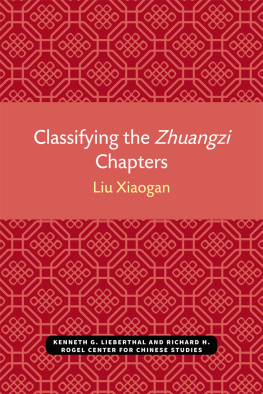
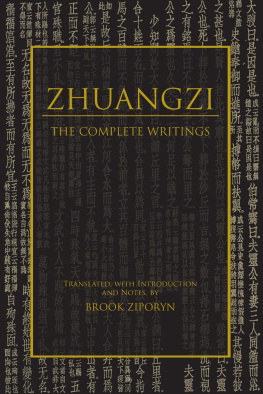
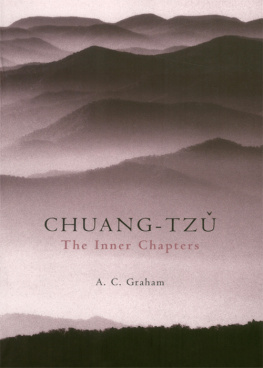

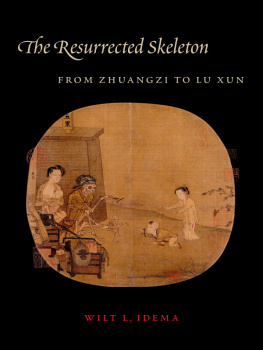
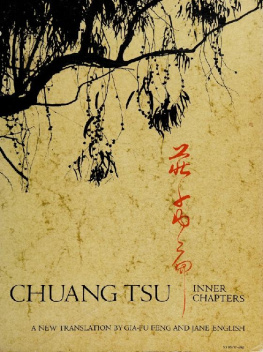
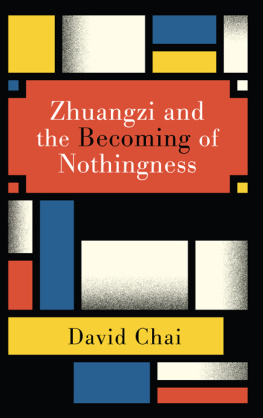

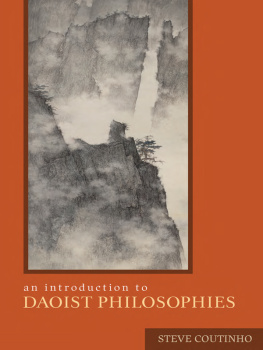
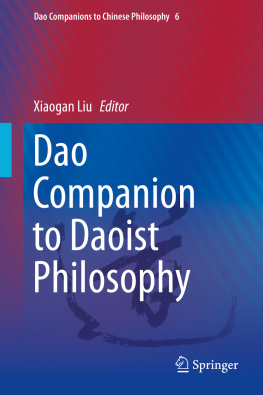
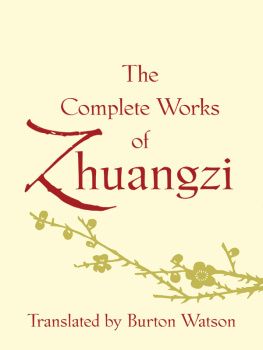

 de
de xing
xing ming
ming jing
jing and shen
and shen and also the compounds daode
and also the compounds daode xingming
xingming and jingshen
and jingshen Their philosophical centrality needs no defense here. He separates out the chapters in which they respectively appear in these forms and states that the compounds appeared later than the single terms.
Their philosophical centrality needs no defense here. He separates out the chapters in which they respectively appear in these forms and states that the compounds appeared later than the single terms.